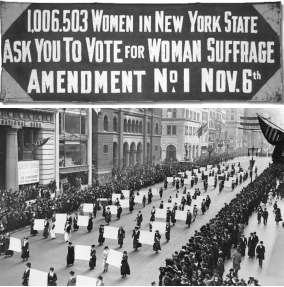The Epistolarians
By Margaret A. Brucia
The nearly 300 letters were a jumbled heap— out of their envelopes, out of order, out of my field of expertise. But the moment I bargained for them that spring morning in the confusion of a Roman flea market, the academic focus of my life underwent a seismic shift, from the ancient Mediterranean world to New York City in the Gilded Age. Julia Gardiner Gayley’s letters, it turned out, were more than just interesting primary source material from the first three decades of the twentieth century, they were a passageway into the intimate lives of two strong, confident, articulate, independent-minded women. And they told a story worthy of Henry James or Edith Wharton, from the beginning of Mary’s Grand Tour of Italy in 1902 to her mother’s death in New York in 1937.
Read More








